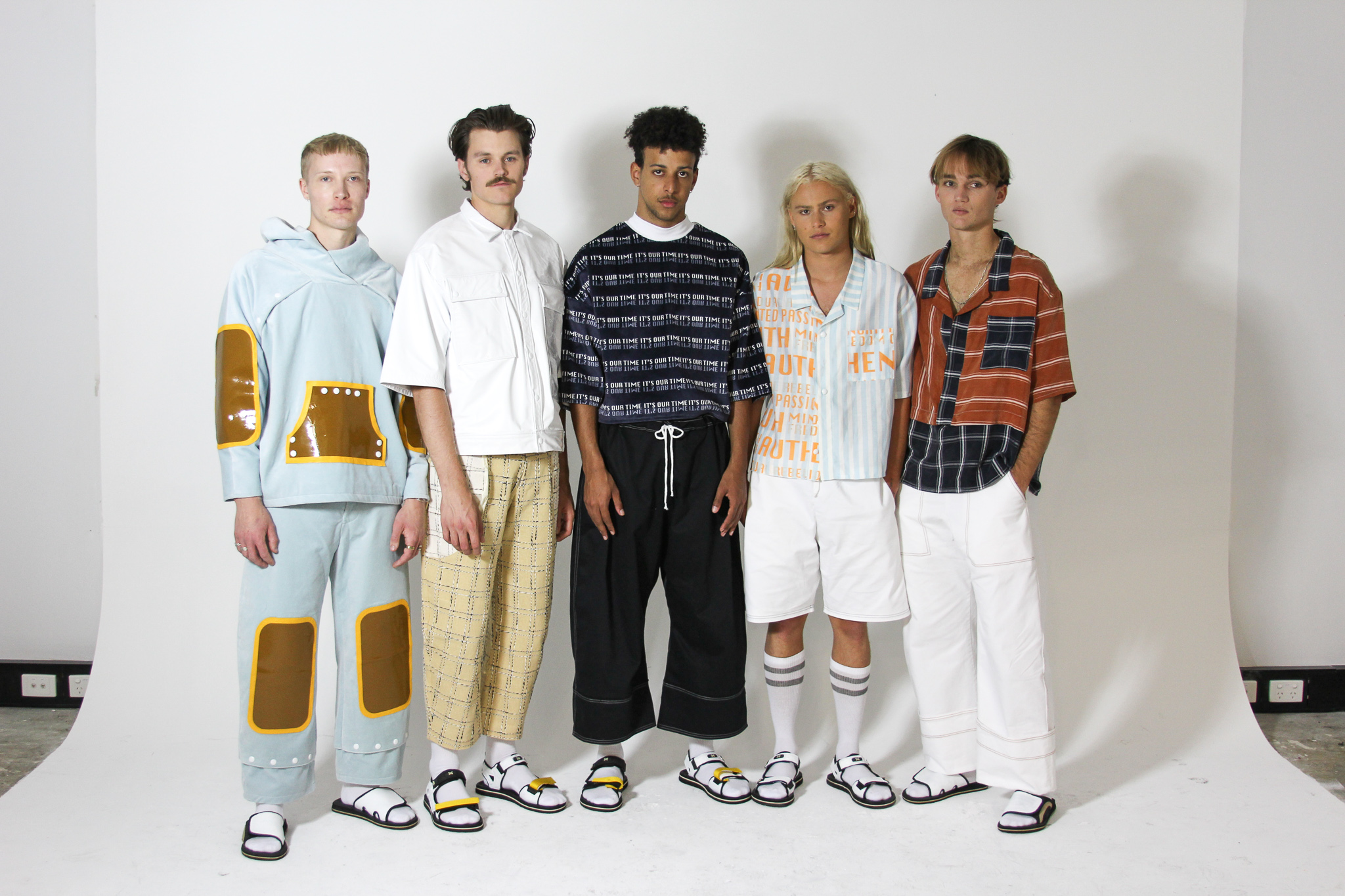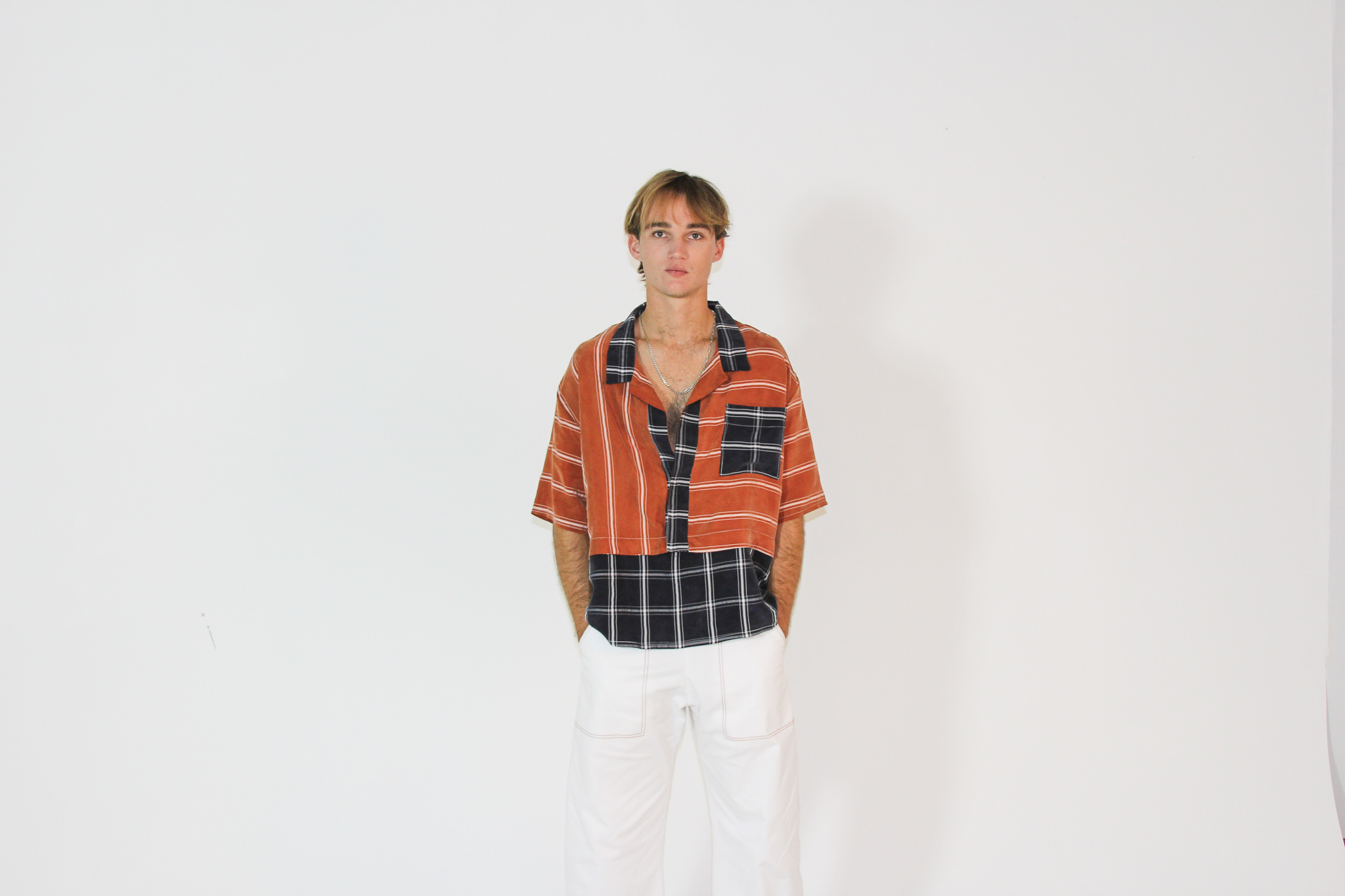Gabrielle Sara Gan is a recent graduate of the Whitehouse Institute of Design in Melbourne and is eager to begin making her mark in the menswear sector of the fashion industry. For this emerging designer, menswear offers not only an impressive challenge but a unique opportunity for her to provide a truly fresh perspective. “The central distinction for this sector is that men’s fashion is contained by a more restrictive framework,” she explained. “Typically, it is quite traditional, usually retaining its conventional silhouettes and styles. This renders it challenging to create new and innovative garments in contemporary fashion.” Gan first dipped her toes into the world of menswear with her graduate collection, which was inspired by streetwear and youth culture. The collection showcased the evolution of the streetwear genre and commented on its intense contribution to men’s fashion. “The once exclusive and insular industry has embraced a new wave of creativity and diversity, making it more relatable and accessible to a broader demographic,” related Gan. “I want to make consumers aware of their fashion choices and encourage them to make decisions based on their own aesthetic instead of merely following fashion trends and cycles.” The emerging designer explained that her experience with menswear was witnessing a more utilitarian approach, with client’s focus being on attention to details, fabrics, scales and proportion to create new and innovative designs. For this reason, her graduate collection paid close attention to these intimate details. Custom prints, detailed finishes and high importance being placed on technical skills.
Gan currently works with both Sass & Bide and St. Ali, diversifying her experience and understanding of the fashion industry. “I still have a lot of things to learn about the fashion industry before I begin my own brand,” expressed the designer. “I would like my future brand to be more than just a fashion label. I want to break fast-fashion trends and cycles and encourage consumers to make informed decisions based on their own aesthetic rather than following the majority.”












